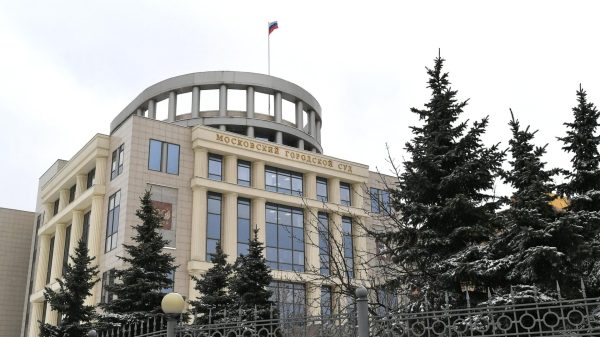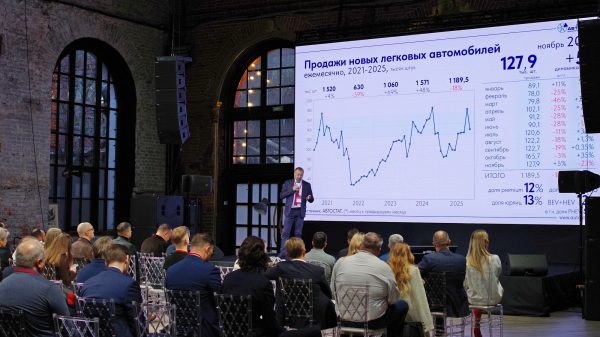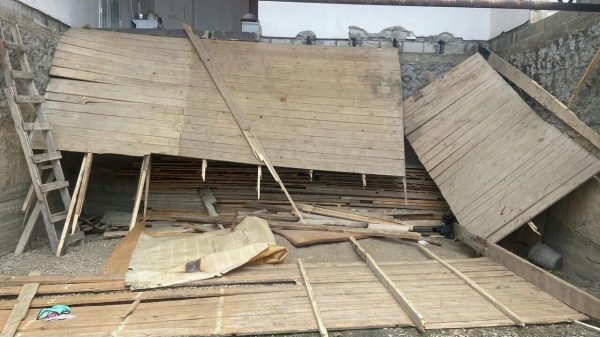Solar panels in California last month. Output from solar dropped by 30pc in the state as fire smoke blocked the sun
Credit: Bing Guan /Bloomberg
Climate change could make solar panels less reliable as it increases cloud cover in the sunniest parts of the world, researchers warn.
While solar in some areas is set to benefit, higher temperatures, humidity and pollution will reduce the reliability of sunlight strength in areas such as the Middle East, where countries have invested heavily in the technology.
Researchers at the University of Princeton examined climate models and concluded that the region was particularly susceptible to the pattern, which could lead to more cloudy days.
In Dubai, which has invested millions in solar power including building a huge solar park and the world’s tallest solar tower, changing winter weather patterns increase by eight per cent the probability that solar panels will fail to meet the demand they are designed by the middle of this century.
This is because higher temperatures lead to greater weather turbulence and hold more moisture, conditions which make cloudiness more likely.
At ground level, heat leads to drier soil creating more dust and pollution, which can also block sunlight.
The country plans to generate 75 per cent of its power from renewable sources by 2050, 25 per cent of which is supposed to come from solar.
Co-author Amilcare Porporato, of Princeton University, said: "In terms of solar power, semiarid places are now like students who get an A nearly every day.
"Now, climate change is disturbing the usual dynamics of the atmosphere and the regularity of the solar radiation reaching the planet’s surface. We tried to quantify how much more often those As could become Bs, or even Cs, as a result."
A similar wintertime trend can be seen across a swathe of the middle east, south Asia, north-east, central and west Africa.
However, in the summer it’s better news for mainland Europe as climate change means this likelihood decreases by up to four per cent. South-east England also sees a positive summertime effect, though this is less strong.
Scientists said the findings showed that more work was needed to develop efficient power storage and technology to send solar power to the grid more gradually.
The study, published in the journal Nature Climate Change, is the first to examine the potential impacts of a changing climate on the day-to-day reliability of solar technology.
Hotter, drier conditions in some parts of the world also create conditions where out-of-control forest fires are more likely, with smoke blocking sunlight and hampering solar power.
As fires raged across California in the first two weeks of September, solar generation declined 30 per cent from the July average and was 13.4 per cent lower than at the same time last year, despite a rise in capacity.
"This matter reduces the amount of sunlight that reaches solar panels, decreasing solar-powered electricity generation," the US Energy Information Administration said in a report last month.
Solar’s varying power supply has long been recognised as a challenge among scientists trying to integrate it into existing power grids.
Unlike traditional coal or nuclear power stations, it cannot be switched on to run long-term and produce a reliable source of power. A particular challenge is that demand for electricity tends to peak in the evenings, when solar is no longer available.
Energy storage technology developed to solve this problem has become increasingly popular in recent years as prices come down, though there are still issues with cost, capacity and the relatively short lifespan of batteries.



















































Свежие комментарии